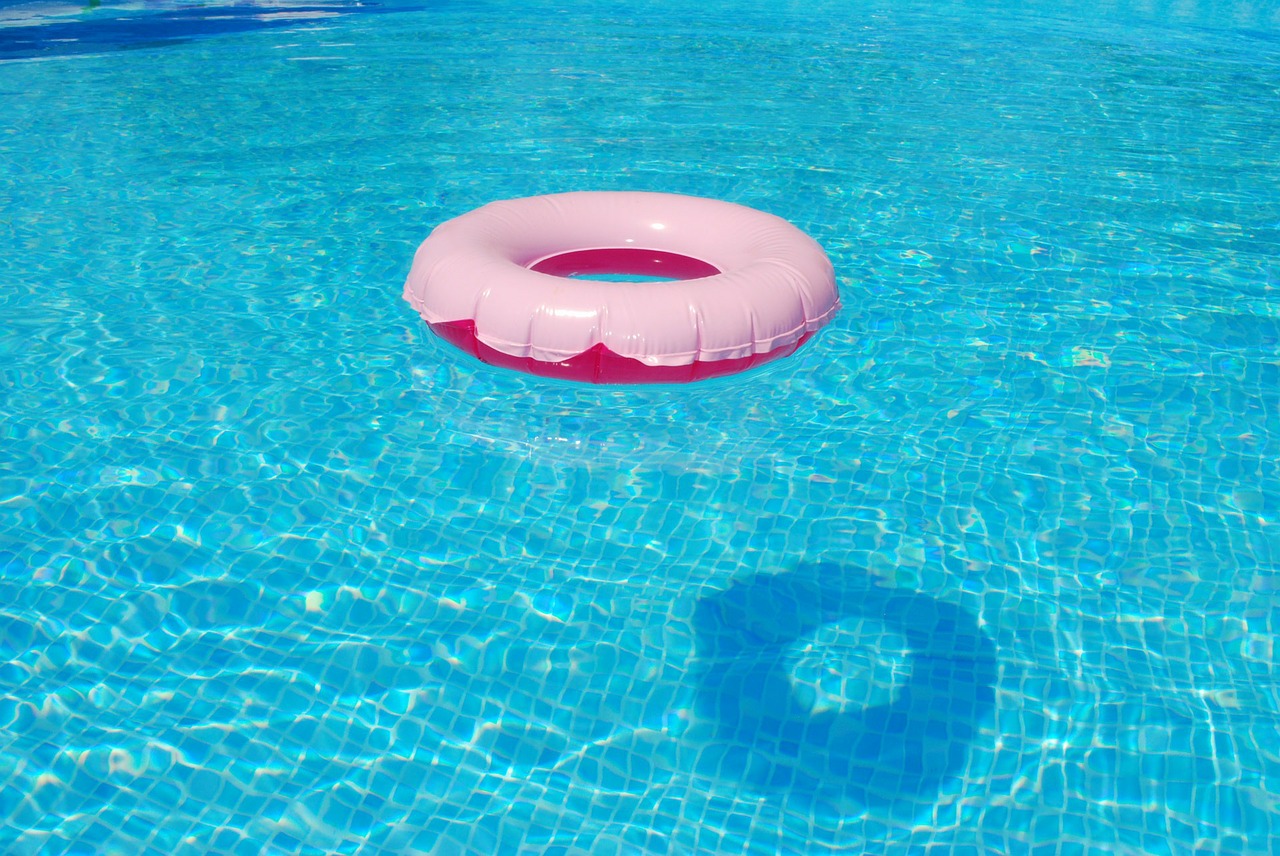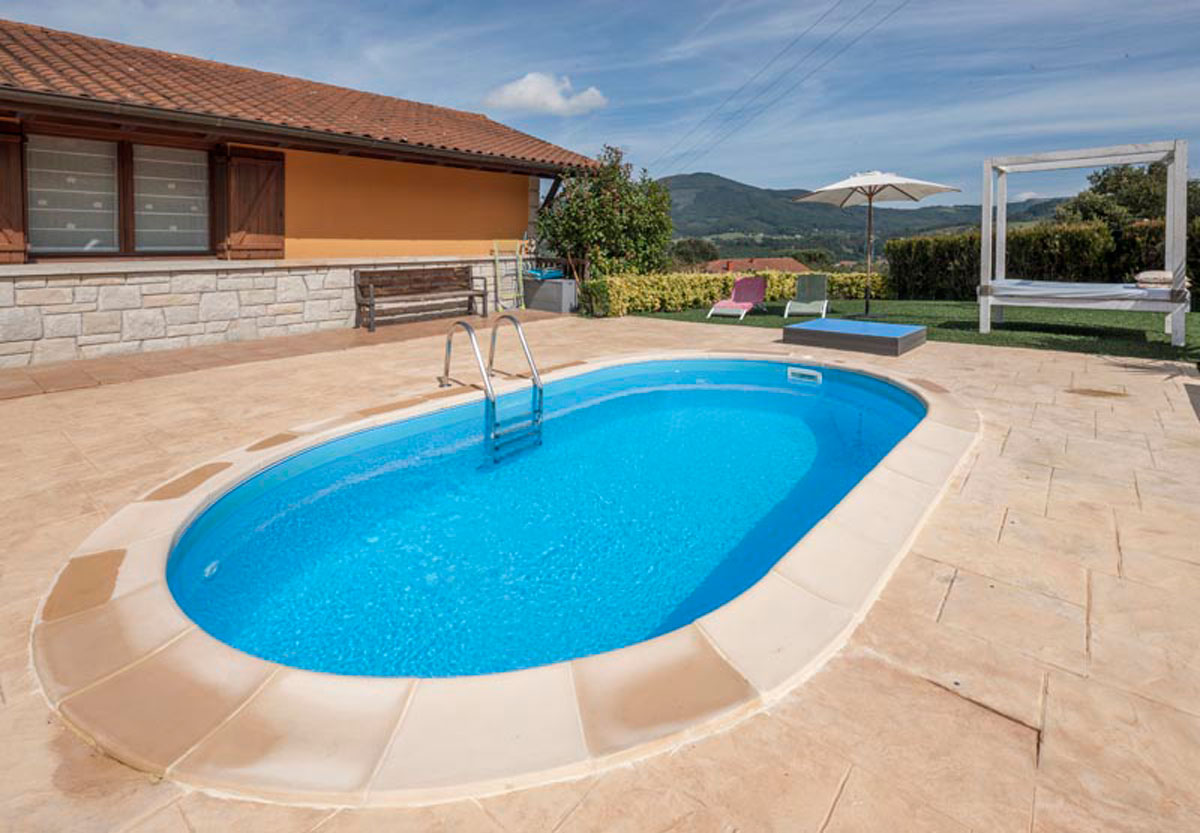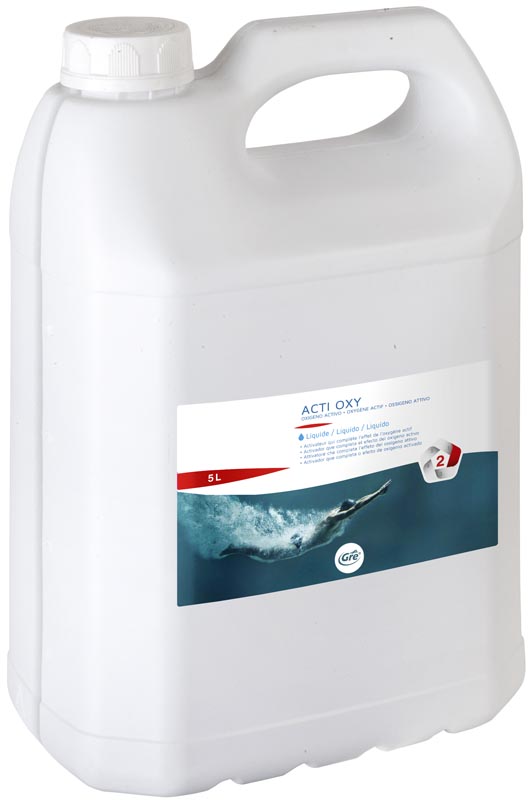September is here, and the end of summer is near. Although we’re in the final weeks of the season, it’s important not to neglect pool maintenance and water treatment. Maintenance is fundamental to ensuring your pool is in perfect condition for the next swim season, especially in terms of a clean and smooth opening. Pool maintenance goes beyond putting the cover on at the end of the summer since you have to clean and disinfect it with active oxygen (potassium peroxymonosulfate) so that problems don’t arise during the off-season.
Pool water is constantly exposed to countless external agents and factors such as dust, which is often deposited by wind or rain and can end up producing microorganisms that are harmful to your health. We must therefore properly disinfect the pool water with active oxygen to control the existence of these microorganisms. Active oxygen is an excellent product to disinfect pool water. This method has successfully been used in pools for over two decades because, as the active oxygen dissolves in the water, it produces powerful oxidation capable of eliminating organic matter, including all microorganisms (algae, bacteria, fungi, etc.). Additionally, unlike chlorine, active oxygen does not combine with organic nitrogen, so it does not leave residues such as chloramines.
Why use active oxygen?
Chloramine is formed through the combination of chlorine and the organic matter in pool water and is the cause of red eyes and dry skin. According to the Southern Association of Pneumology and Thoracic Surgery (Neumosur), long-term exposure to this chemical compound can cause asthma and other respiratory conditions. This is why it’s recommended to use active oxygen to disinfect the pool and remove the chloramine at the same time. This disinfectant, available in liquid, powder, or tablet form, is odorless and harmless and does not irritate the eyes or skin. It is also environmentally friendly, repels wasps, and can be combined with other treatments such as flocculants or anti-algae agents.
The best time to add active oxygen to pool water is at the end of the day since this disinfectant cannot withstand high temperatures. The dose must be increased during extreme heat since the product will evaporate at a faster rate. The recommended doses of active oxygen depend on the form used. If you use active oxygen tablets, they must be added every 1–3 days (one 20 g tablet for every 5 m3 of water). For liquid active oxygen, we recommend using a dispenser, pouring the required dose into a container with water, and distributing it over the surface of the pool once a week (150 mL for every 10 m³ of water for the initial dose). As with any other chemical used to disinfect pools, we must control the pH level of the water every day to keep it between 7.2 and 7.6 so that the active oxygen is effective in maintaining the pool.



Comments
Sus datos serán tratados por MANUFACTURAS GRE S.A. y por FLUIDRA S.A., con la finalidad de gestionar sus comentarios y dudas en el blog y, en su caso, ponernos en contacto con Usted para solucionarlas. Puede consultar más información sobre el tratamiento de sus datos y cómo ejercer sus derechos, tal y como se describe en la Política de Privacidad.